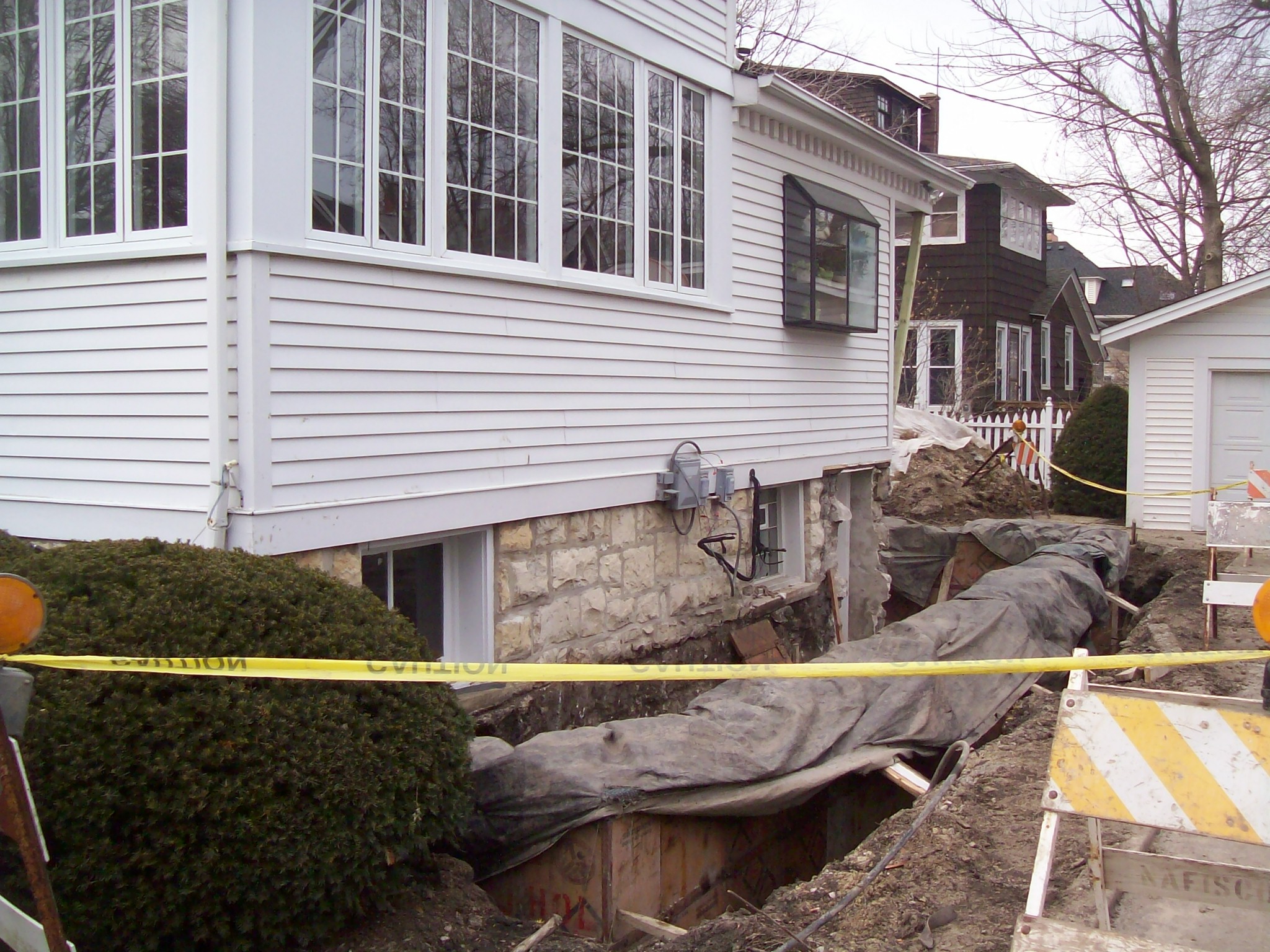 So you’ve decided to start a renovation project on your home. Have you talked to your neighbors about your plans? You should! It’s important to prep your neighbors and make them aware of changes that may affect them. Here are a few things that you can do to keep a good relationship with those on your block as you add-on to your home.
So you’ve decided to start a renovation project on your home. Have you talked to your neighbors about your plans? You should! It’s important to prep your neighbors and make them aware of changes that may affect them. Here are a few things that you can do to keep a good relationship with those on your block as you add-on to your home.
“It’s all about managing expectations, so it’s important to let your neighbor know about your home improvement project before construction begins,” said Normandy Designer Maury Jones. “Especially if the homes on your block are in close proximity to each other.”
“It’s key to have open communication throughout the whole process,” added Maury. “Take the time to chat with them and be up front about potential parking and traffic flow issues on your street and be open to suggestions on how to handle it.”
Keeping the construction site clean is especially important to neighbors that live closest to you. “Your construction crew should be keeping the area as clean as possible to avoid unwanted debris blowing in your neighbor’s yard,” notes Maury. “But if it becomes a concern, don’t hesitate to bring it to your construction superintendent’s attention.” Some villages may require you to erect a fence which could give added safety, protecting children and pets from wandering in after hours.
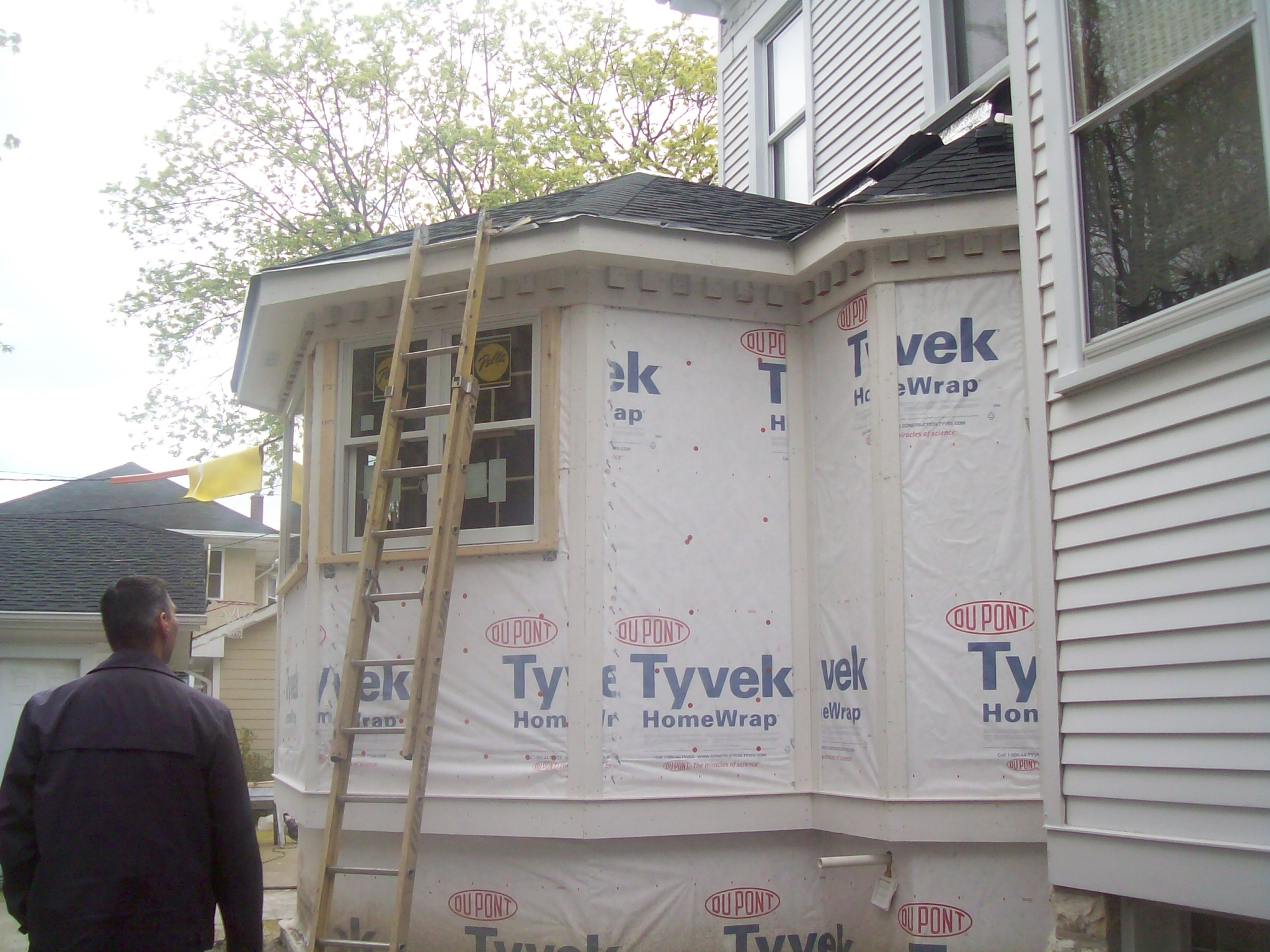
Once the renovation is complete and the dust has settled, thank your neighbors for their patience and understanding. These helpful tips can help you to remain on good terms after the project is over and for years to come.
If you are considering an addition or remodeling your home, you can set up a time with Maury to talk about the possibilities. You can also learn more about additions, kitchens or other remodeling projects at an upcoming workshop. Check out the photo gallery or follow Normandy Remodeling on Facebook and Instagram for even more home tips and inspiration.


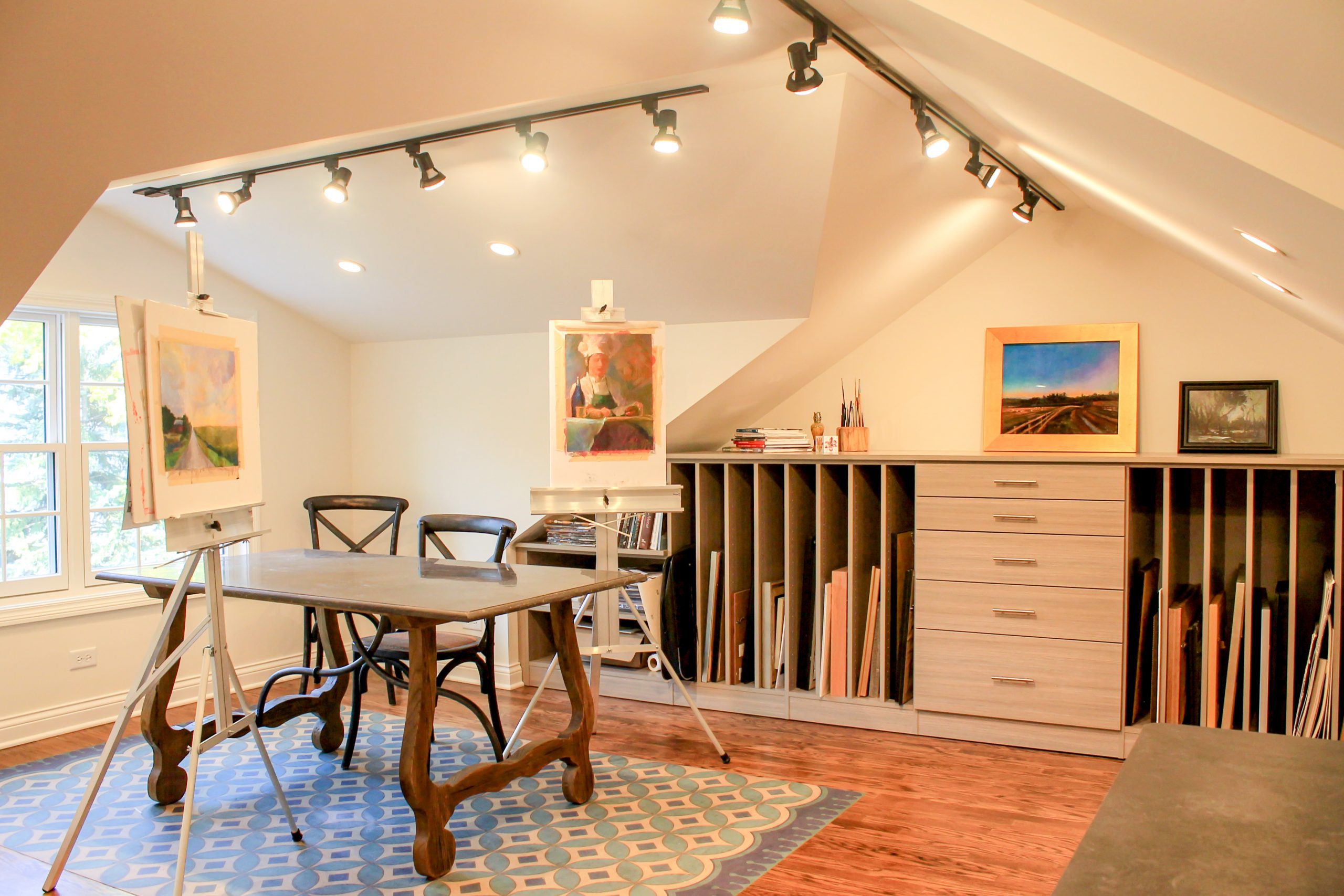
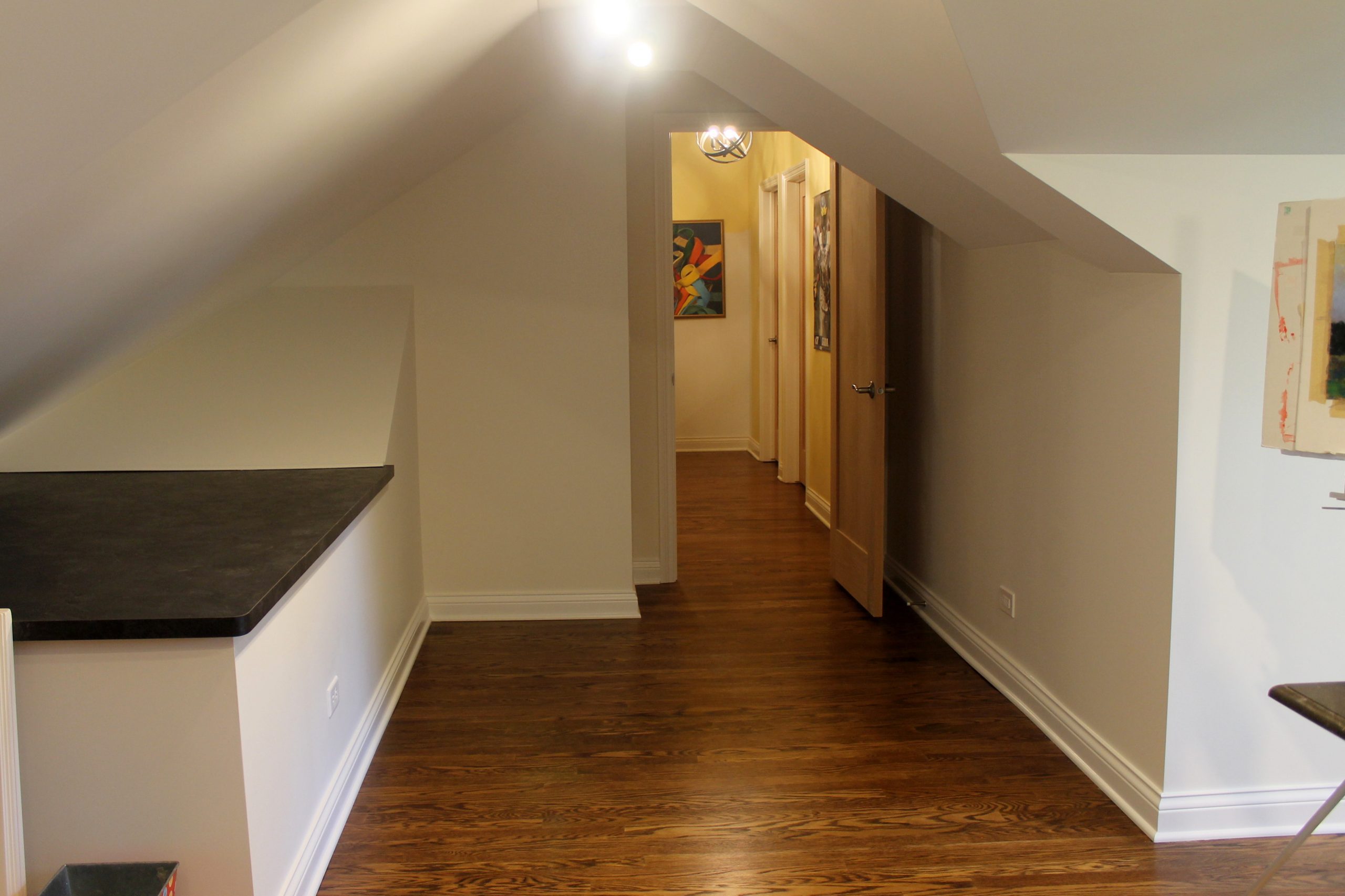
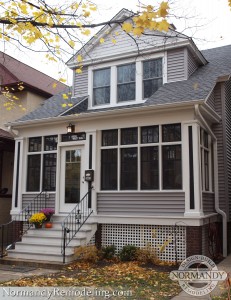 Windows – Your existing space was probably never conceived as being a livable space when it was built and therefore no consideration was given to natural daylight and ventilation which are not only code requirements but something you would want to make a space functional and enjoyable. So skylights or dormers with windows may be in order.
Windows – Your existing space was probably never conceived as being a livable space when it was built and therefore no consideration was given to natural daylight and ventilation which are not only code requirements but something you would want to make a space functional and enjoyable. So skylights or dormers with windows may be in order.